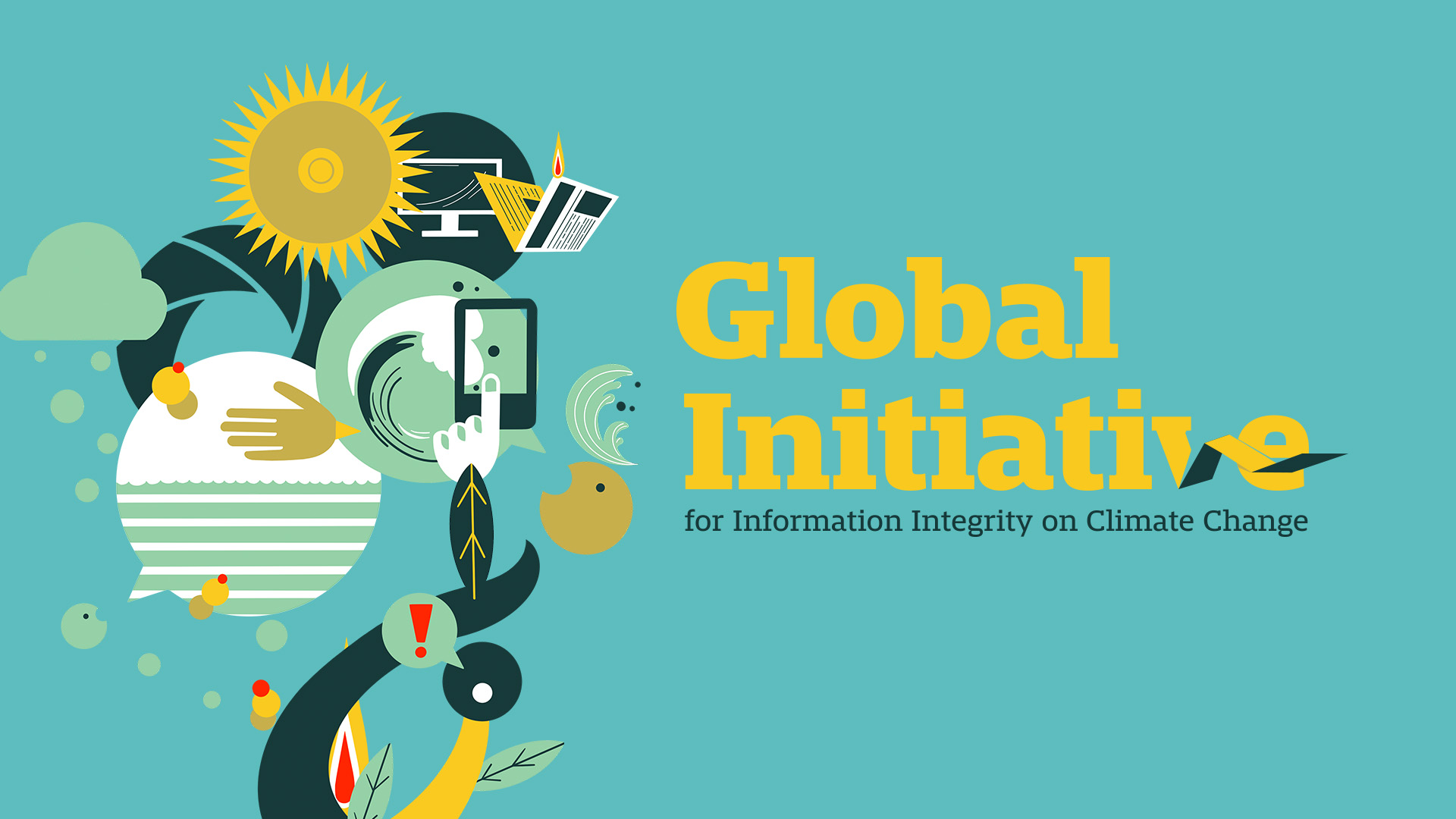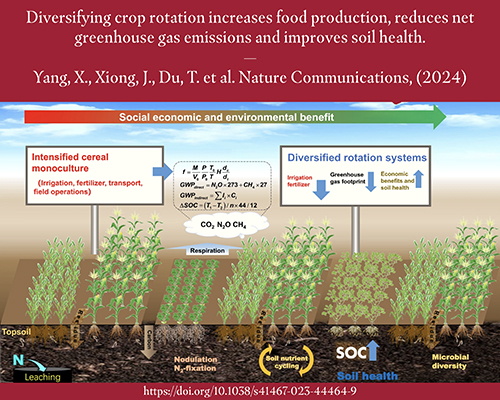
Report on Carbon Emissions in English Proficiency Testing and Sustainable Development Goals
Introduction
A recent report, developed in partnership with Duolingo, analyzed the carbon cost of English proficiency testing for international students applying to UK universities. The study highlights significant opportunities to reduce carbon emissions by transitioning from traditional in-person English tests to remote digital testing. This transition aligns closely with several Sustainable Development Goals (SDGs), including SDG 4 (Quality Education), SDG 9 (Industry, Innovation and Infrastructure), SDG 11 (Sustainable Cities and Communities), and SDG 13 (Climate Action).
Key Findings on Carbon Emissions
- Traditional in-person English tests generate an average of 14.3 kg of CO₂ equivalent (CO₂e) per test.
- Remote digital tests produce only 0.16 kg of CO₂e per test, representing a potential 98% reduction in carbon emissions.
- Prospective students travel an average of 175 km round trip to attend English language testing centers.
Environmental Impact and SDG Alignment
The report estimates that approximately 500,000 English language tests are taken annually by international students for UK university admissions. The total carbon emissions from traditional in-person testing amount to approximately 11,173 tonnes of CO₂e per year. This is equivalent to:
- Removing about 2,000 cars from the road annually.
- Planting 200,000 trees each year.
Reducing these emissions supports SDG 13 (Climate Action) by contributing to the UK higher education sector’s efforts to achieve net-zero emissions.
Travel and Accessibility Challenges
- International students collectively travel over 51 million kilometers annually to test centers.
- Nearly 50% of students travel more than 10 kilometers, with 10% traveling over 600 kilometers.
- Physical test centers pose accessibility challenges for students from rural or remote areas, those with limited mobility, and those facing financial constraints.
Transitioning to remote digital testing enhances inclusivity and accessibility, supporting SDG 4 (Quality Education) and SDG 10 (Reduced Inequalities).
Carbon Emissions Breakdown
The analysis identified the primary sources of carbon emissions for each testing format:
- In-person testing: The largest carbon footprint arises from student travel to test centers.
- Remote digital testing: The main emissions are linked to the power consumption of students’ computers, rather than the digital infrastructure or AI systems.
Duolingo collaborated with Amazon Web Services to measure the energy consumption associated with delivering the digital Duolingo English Test (DET).
Potential Emission Reductions for UK Universities
Each UK university or college could reduce emissions related to English language testing by up to 98% by adopting remote testing options. For example, a large teaching university could reduce its annual CO₂e emissions by up to 272 tonnes, equivalent to the emissions from 144 passenger cars. This transition supports SDG 9 (Industry, Innovation and Infrastructure) by promoting innovative digital solutions.
Policy Context and Future Directions
- The UK government currently recognizes only in-person secure English language tests (SELT) from approved suppliers.
- The COVID-19 pandemic has highlighted the limitations of physical test centers and accelerated the shift toward digital education delivery.
- Remote testing offers a more accessible and inclusive pathway to UK higher education but raises concerns about test security and integrity.
Expert Commentary
Tamsin Thomas, Senior Strategic Engagement Officer at Duolingo, emphasized the global scarcity of test centers, noting that over 46,000 test takers come from locations without any test centers in their countries, often requiring travel abroad to take tests. She highlighted the importance of carbon budgeting in university international strategies and the value of understanding the carbon costs associated with traditional versus online testing.
Conclusion
The transition to remote digital English proficiency testing presents a significant opportunity to reduce carbon emissions in line with SDG 13 (Climate Action), improve accessibility supporting SDG 4 (Quality Education) and SDG 10 (Reduced Inequalities), and foster innovation consistent with SDG 9 (Industry, Innovation and Infrastructure). UK higher education institutions are encouraged to consider adopting remote testing solutions to contribute to sustainable development and net-zero goals.
1. Sustainable Development Goals (SDGs) Addressed or Connected
- SDG 4: Quality Education
- The article discusses English proficiency testing for international students seeking admission to UK universities, which relates to inclusive and equitable quality education.
- SDG 7: Affordable and Clean Energy
- The shift to remote digital testing involves power consumption considerations, linking to clean energy usage and efficiency.
- SDG 11: Sustainable Cities and Communities
- Reduction in travel distances for testing reduces carbon emissions from transportation, contributing to sustainable urban and community development.
- SDG 12: Responsible Consumption and Production
- Transitioning from physical to digital tests reduces resource consumption and carbon footprint.
- SDG 13: Climate Action
- The article focuses heavily on reducing carbon emissions associated with English language testing, directly addressing climate change mitigation.
2. Specific Targets Under Those SDGs
- SDG 4: Quality Education
- Target 4.3: Ensure equal access for all women and men to affordable and quality technical, vocational and tertiary education, including university.
- Target 4.5: Eliminate gender disparities and ensure equal access to all levels of education and vocational training for vulnerable populations.
- SDG 7: Affordable and Clean Energy
- Target 7.3: Double the global rate of improvement in energy efficiency.
- SDG 11: Sustainable Cities and Communities
- Target 11.2: Provide access to safe, affordable, accessible and sustainable transport systems for all.
- SDG 12: Responsible Consumption and Production
- Target 12.2: Achieve the sustainable management and efficient use of natural resources.
- SDG 13: Climate Action
- Target 13.2: Integrate climate change measures into national policies, strategies and planning.
3. Indicators Mentioned or Implied to Measure Progress
- Carbon Emissions per Test
- Indicator measuring the average CO₂ equivalent emissions generated per English language test (14.3 kg CO₂e for in-person tests vs. 0.16 kg CO₂e for remote digital tests).
- Total Carbon Emissions from Testing
- Annual total CO₂e emissions from traditional in-person English tests (estimated 11,173 tonnes CO₂e).
- Distance Travelled by Students
- Average and total kilometers travelled by students for testing (average 175 km round trip; total over 51 million km annually).
- Reduction in Carbon Emissions
- Percentage reduction in carbon emissions achieved by switching to digital testing (up to 98%).
- Equivalent impact metrics such as cars taken off the road (approx. 2,000 cars) or trees planted (200,000 trees annually).
- Energy Consumption of Digital Testing
- Power consumption of student computers during remote tests, measured in partnership with Amazon Web Services.
4. Table: SDGs, Targets and Indicators
| SDGs | Targets | Indicators |
|---|---|---|
| SDG 4: Quality Education |
|
|
| SDG 7: Affordable and Clean Energy |
|
|
| SDG 11: Sustainable Cities and Communities |
|
|
| SDG 12: Responsible Consumption and Production |
|
|
| SDG 13: Climate Action |
|
|
Source: thepienews.com







